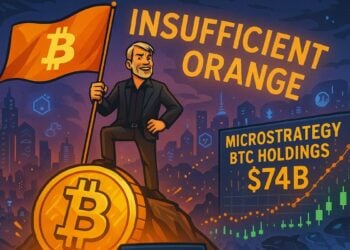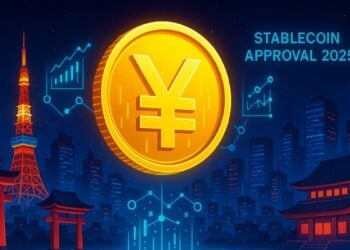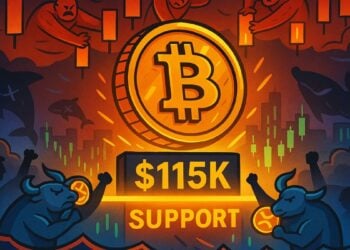For years, Web3 gaming has promised to reshape the way we play. But as the dust settles after the 20212022 Play-to-Earn hype, only a few titles are proving they can actually deliver lasting value. One of the most ambitious and consistently evolving projects is Ember Sword, a cross-platform MMORPG that’s turning real ownership and player economies into more than just marketing buzz.
In 2025, Ember Sword isn’t just another blockchain experiment. It’s a fully playable game with real players, live infrastructure, and one of the most community-centric development roadmaps in Web3.
The Ember Sword Vision: A True Player-Owned World
At its core, Ember Sword is an open-world fantasy MMORPG where players fight, explore, and craft in a rich, lore-filled universe. But unlike traditional MMOs, the assets in Ember Sword from land to cosmetics are owned by the players. These assets live on-chain as NFTs, giving users full control over how they trade, upgrade, or use them.
What makes Ember Sword stand out isnt just its art style or gameplay its the long-term vision. The game avoids unsustainable token farming and instead focuses on cosmetic NFTs, land-based rewards, and a decentralized economy that encourages active participation over passive grinding.
Built for the Multichain Future
In early 2025, Ember Sword made headlines by integrating with the Mantle Network, a Layer 2 Ethereum scaling solution. This move has drastically reduced gas fees and improved transaction speeds for its in-game marketplace and land mechanics. Players can now mint, trade, and interact with assets without worrying about high fees or sluggish confirmation times.
The shift to Mantle isnt just a technical upgrade its part of a broader trend where games are optimizing for scale and accessibility. By making blockchain invisible to the user and focusing on seamless UX, Ember Sword is positioning itself to onboard traditional gamers into the Web3 world.
The $EMBER Token and How It Powers the Economy
Unlike many projects that launched tokens before they had a product, Ember Sword has been cautious and community-focused. In 2025, were seeing a deeper integration of the $EMBER token within the game economy. Its used for upgrading NFTs, accessing premium cosmetics, participating in land plots, and more.

Rather than creating artificial demand, the tokens utility grows with the game. And because the player base actually uses the platform, this demand feels organic not speculative.
Moreover, landowners can earn from activity in their territories, similar to ad revenue or leasing mechanics, adding another layer of passive participation for early backers.
Community as a Development Partner
One of Ember Swords strengths lies in how it treats its community not just as players, but as co-creators. Regular town halls, governance participation, and community-led design initiatives are part of the culture. This isnt just lip service real design decisions have come from player feedback.
The recent UI overhaul, updates to the combat system, and even upcoming territory expansions have all been shaped by community polls and early gameplay feedback.
As Web3 gaming continues to mature, projects that stay close to their users and let them shape the game are the ones most likely to survive.
Final Thoughts: Ember Sword Isnt Just Building a Game Its Building a World
In a market flooded with empty promises and half-finished metaverses, Ember Sword is showing what real Web3 gaming can look like. A game you can actually play. An economy thats tied to skill and contribution. And a development process that listens to and evolves with its community.
2025 might be the year where Web3 gaming moves from concept to culture. And if that happens, Ember Sword will likely be one of the names leading the charge.

















